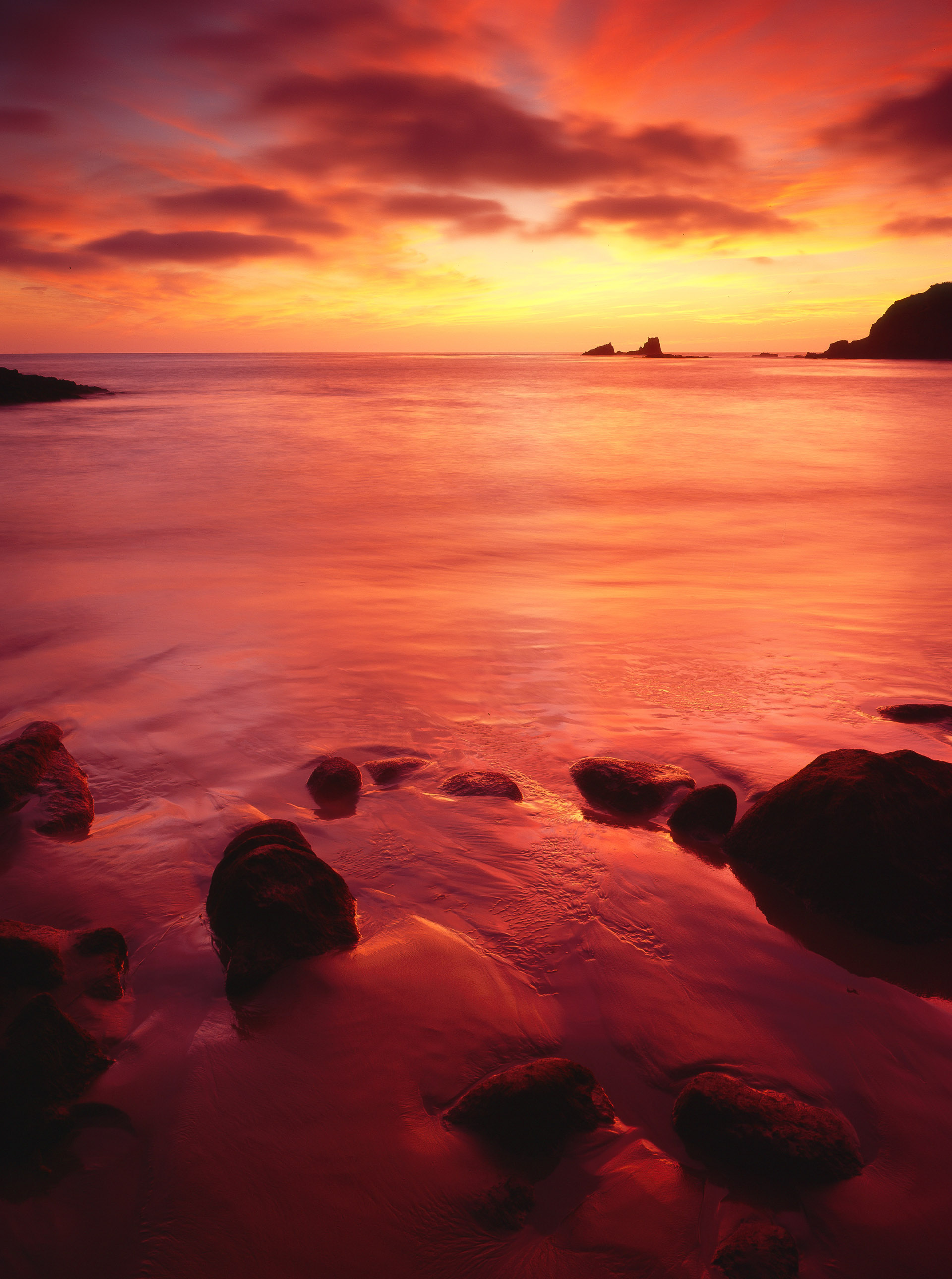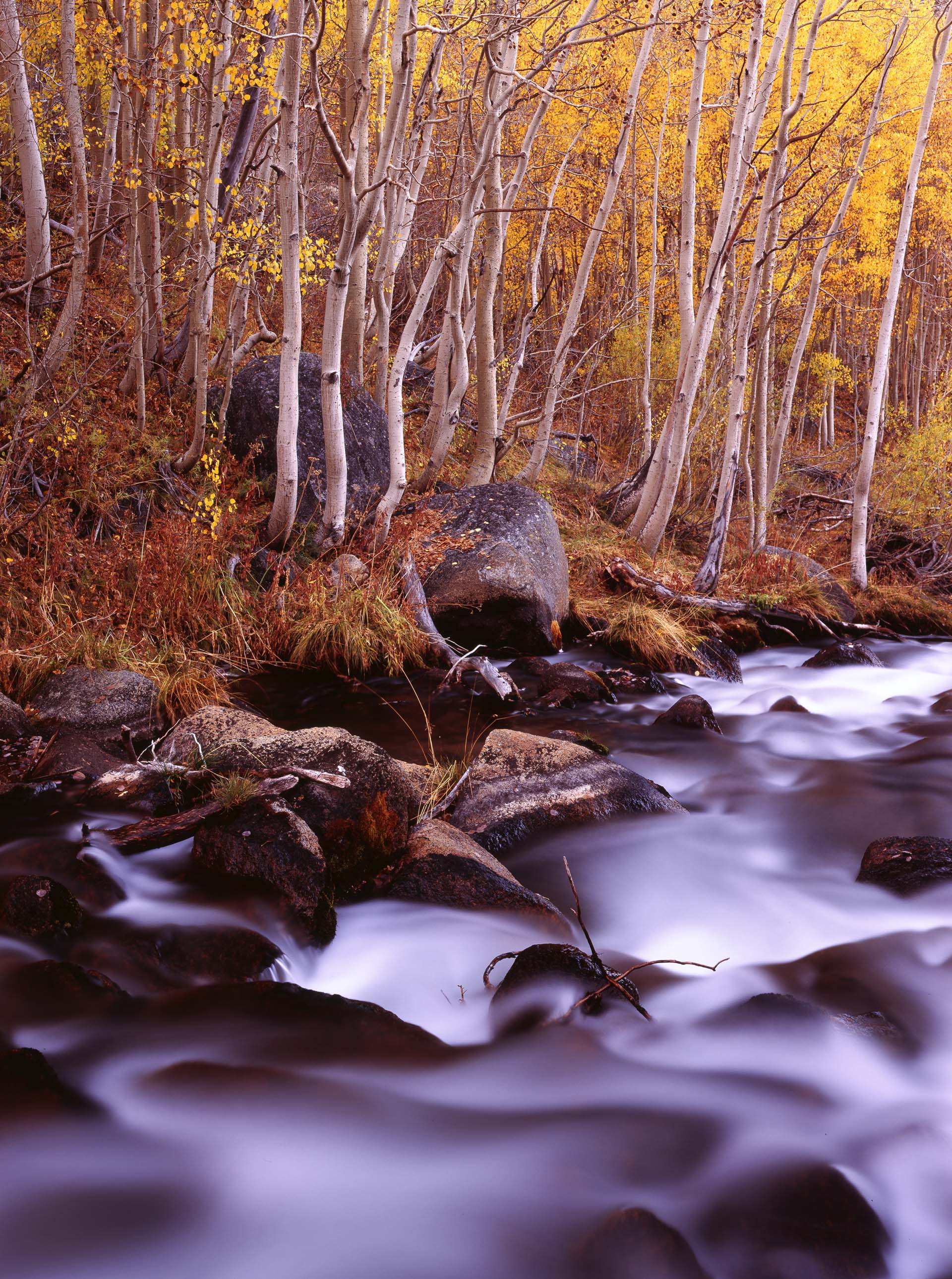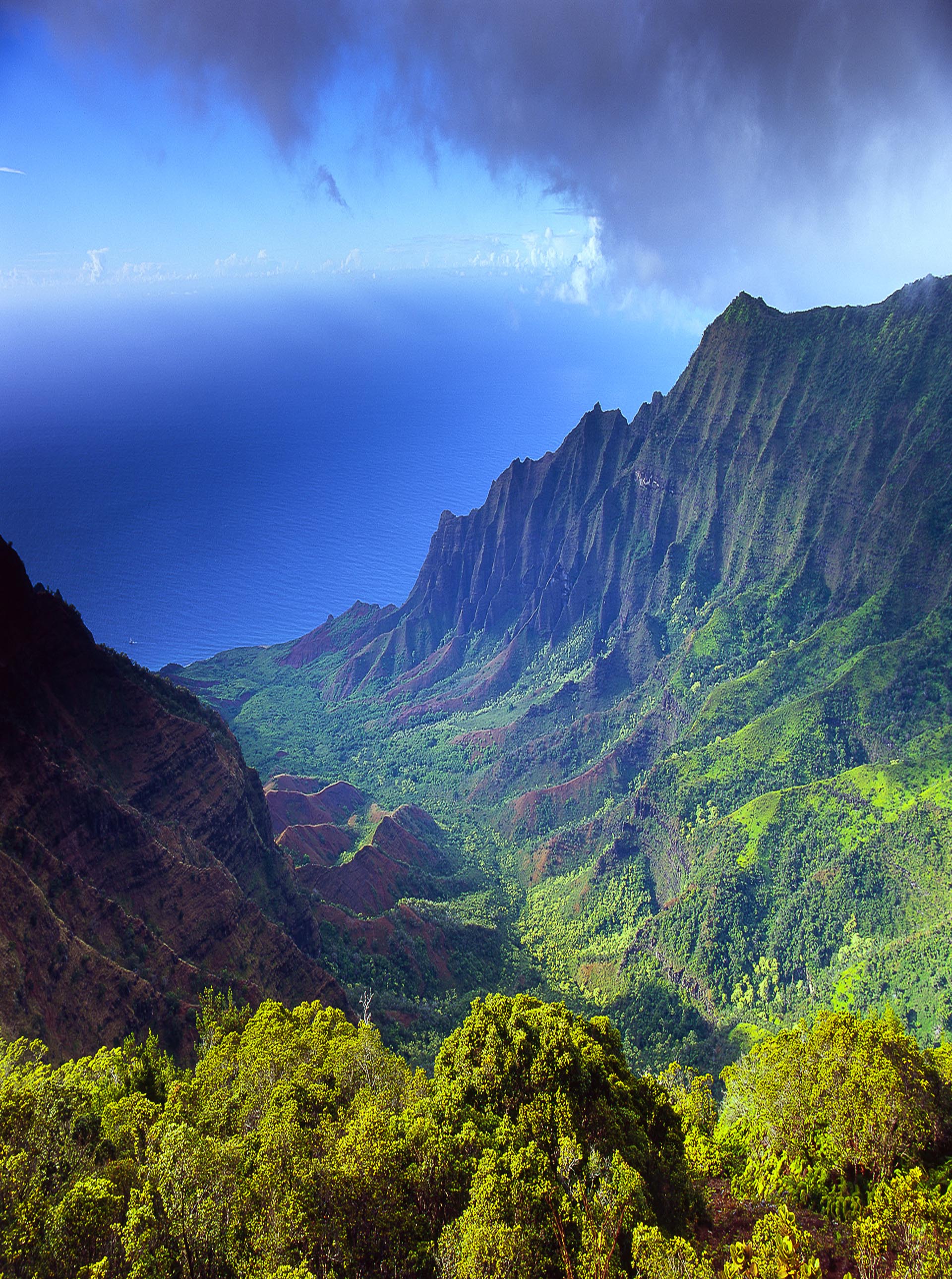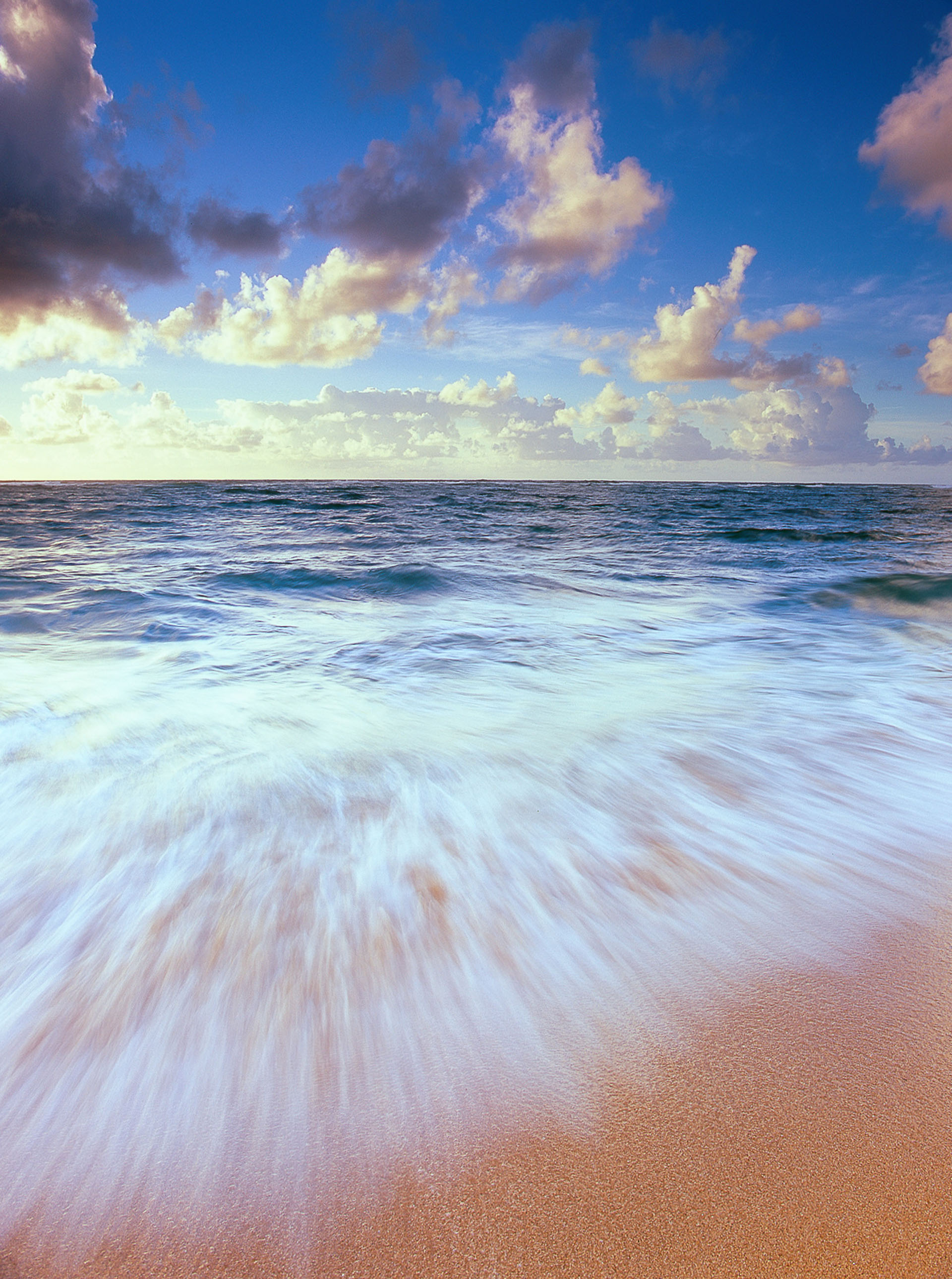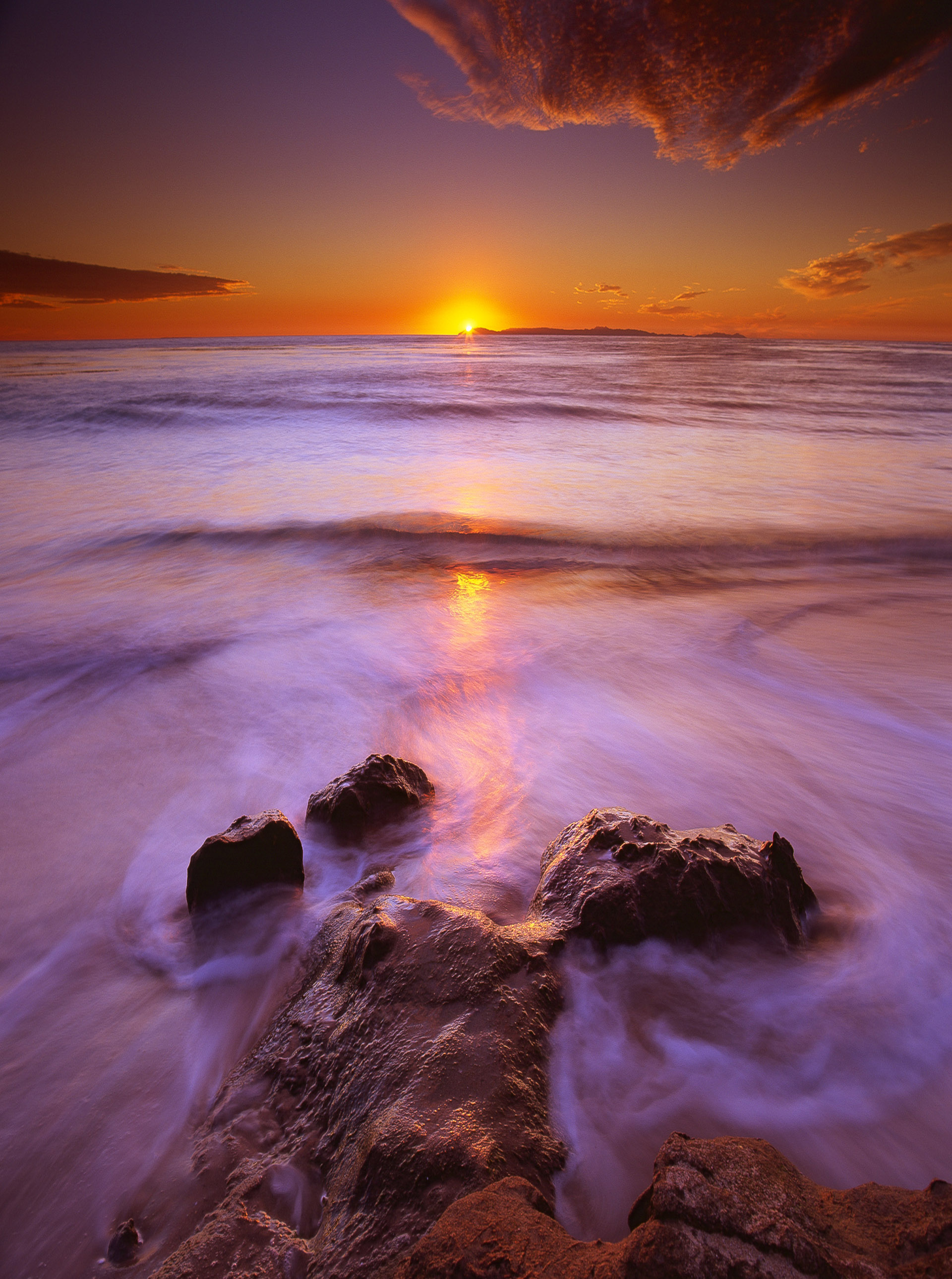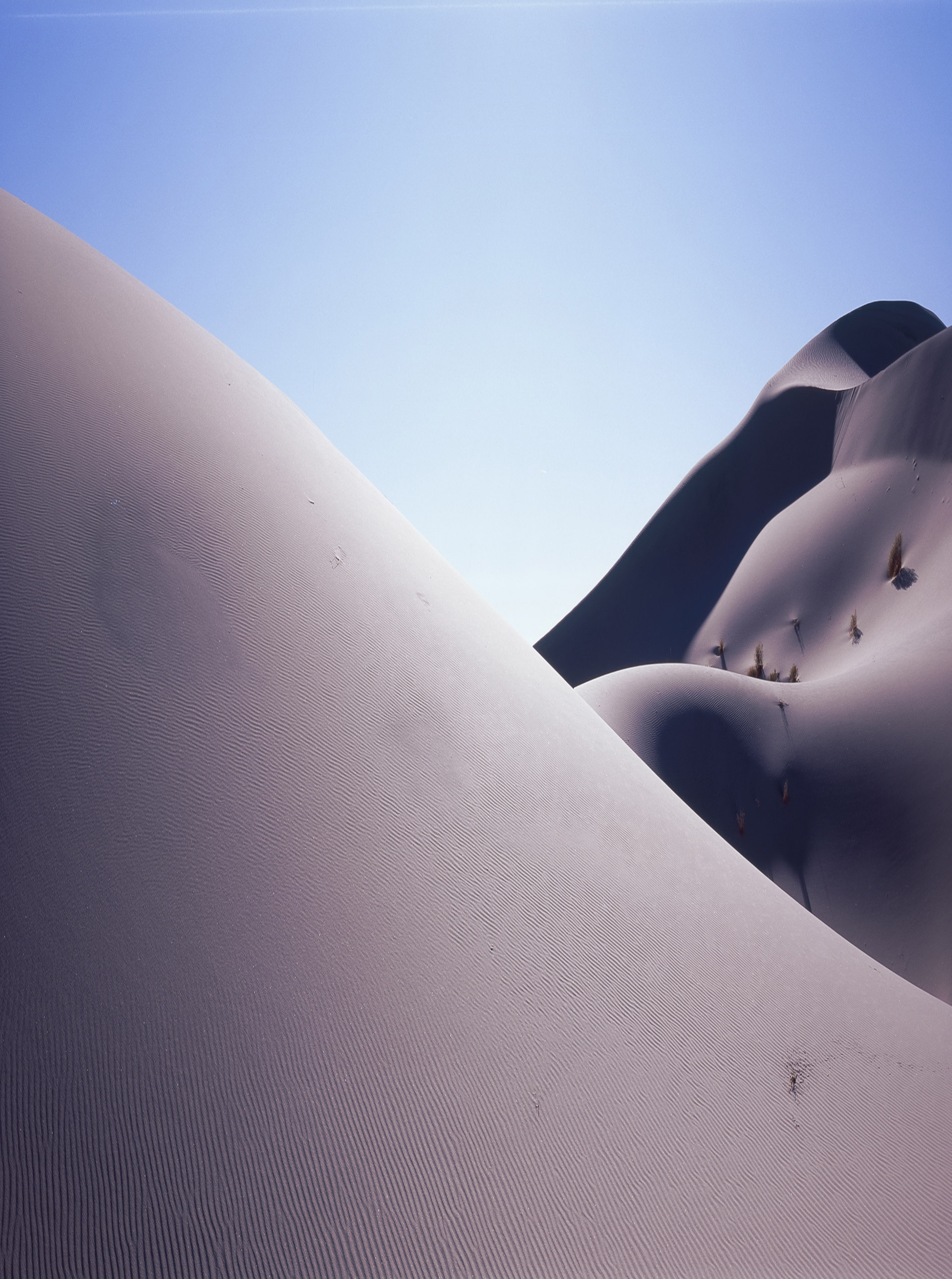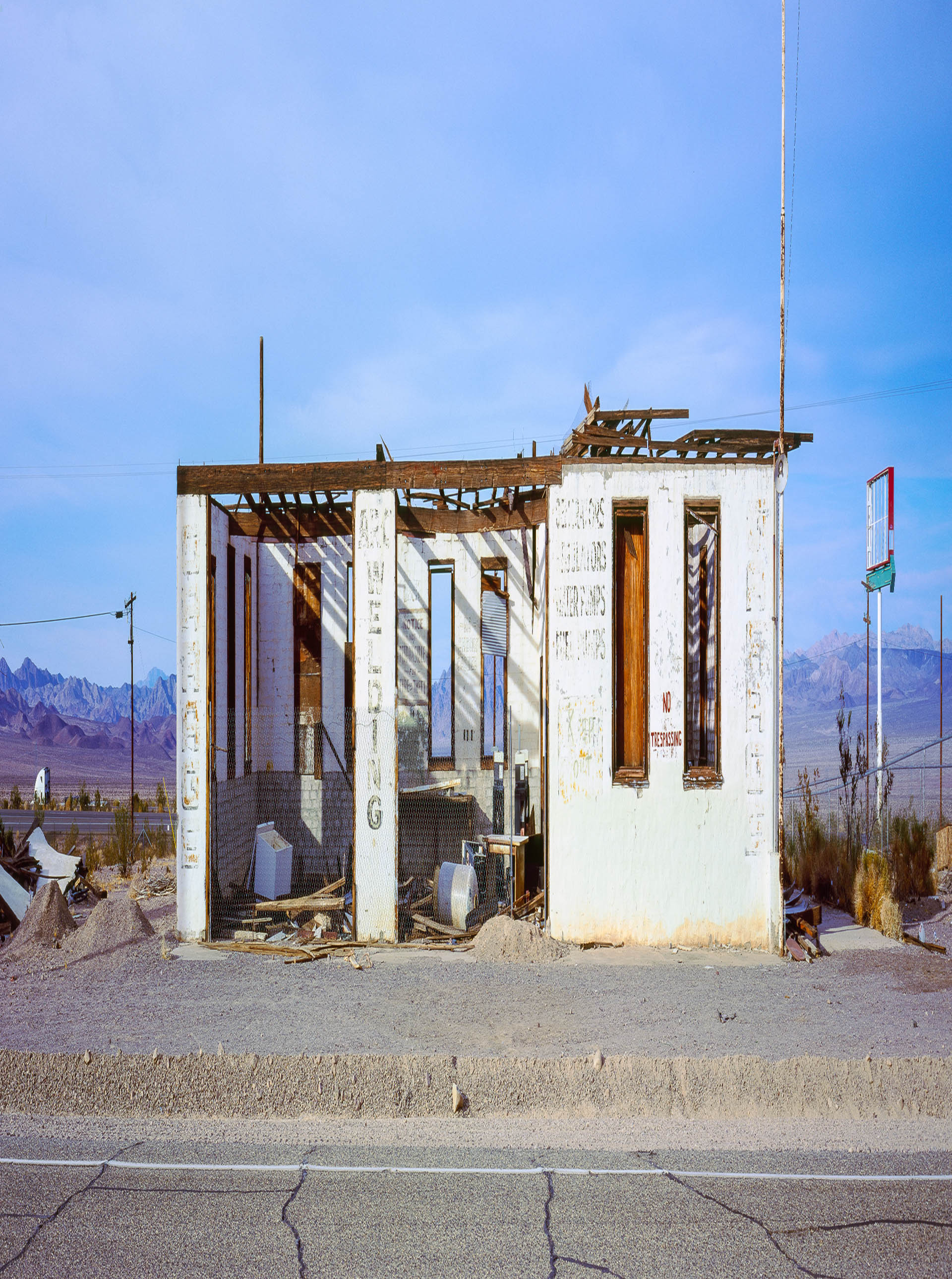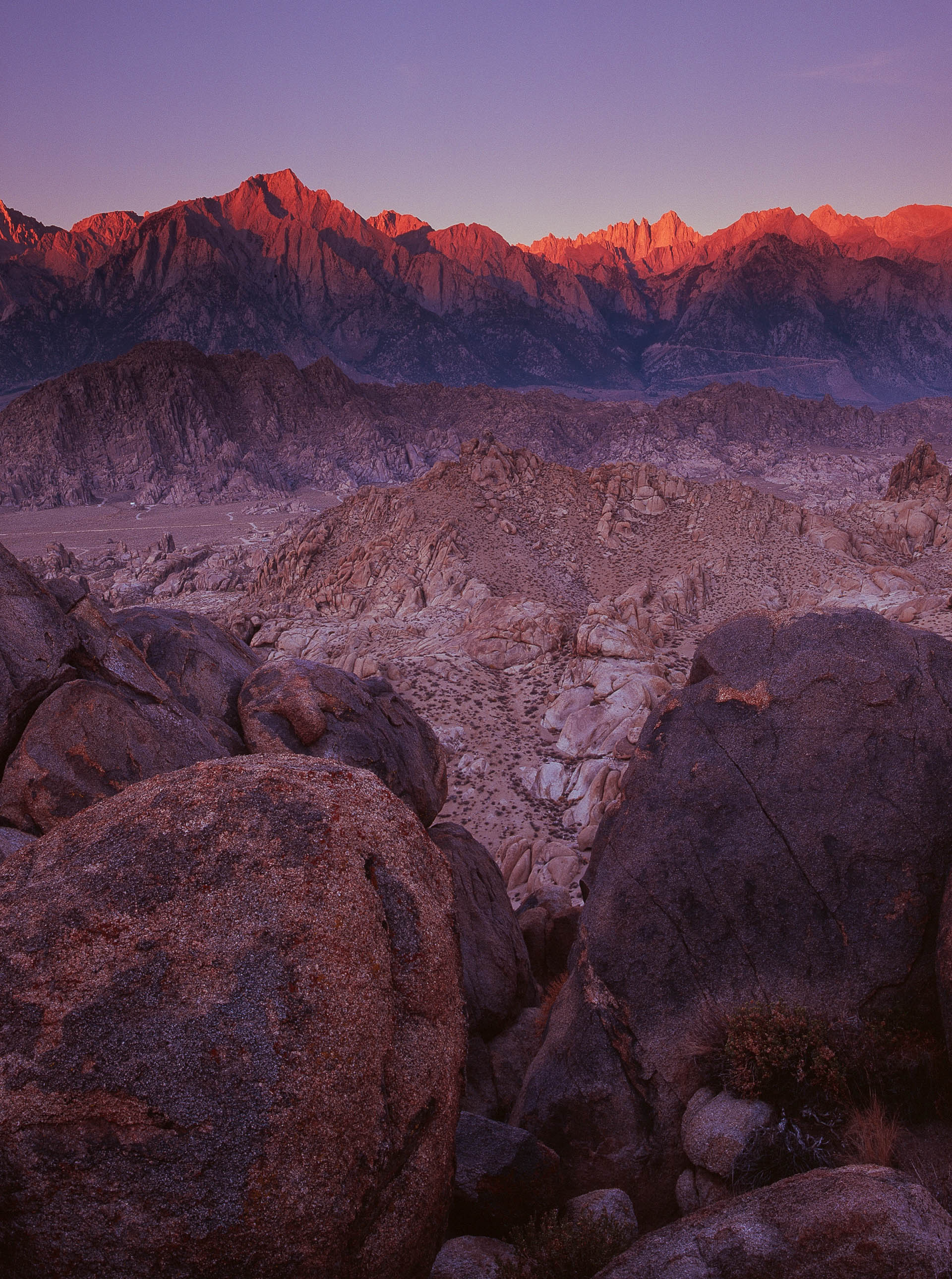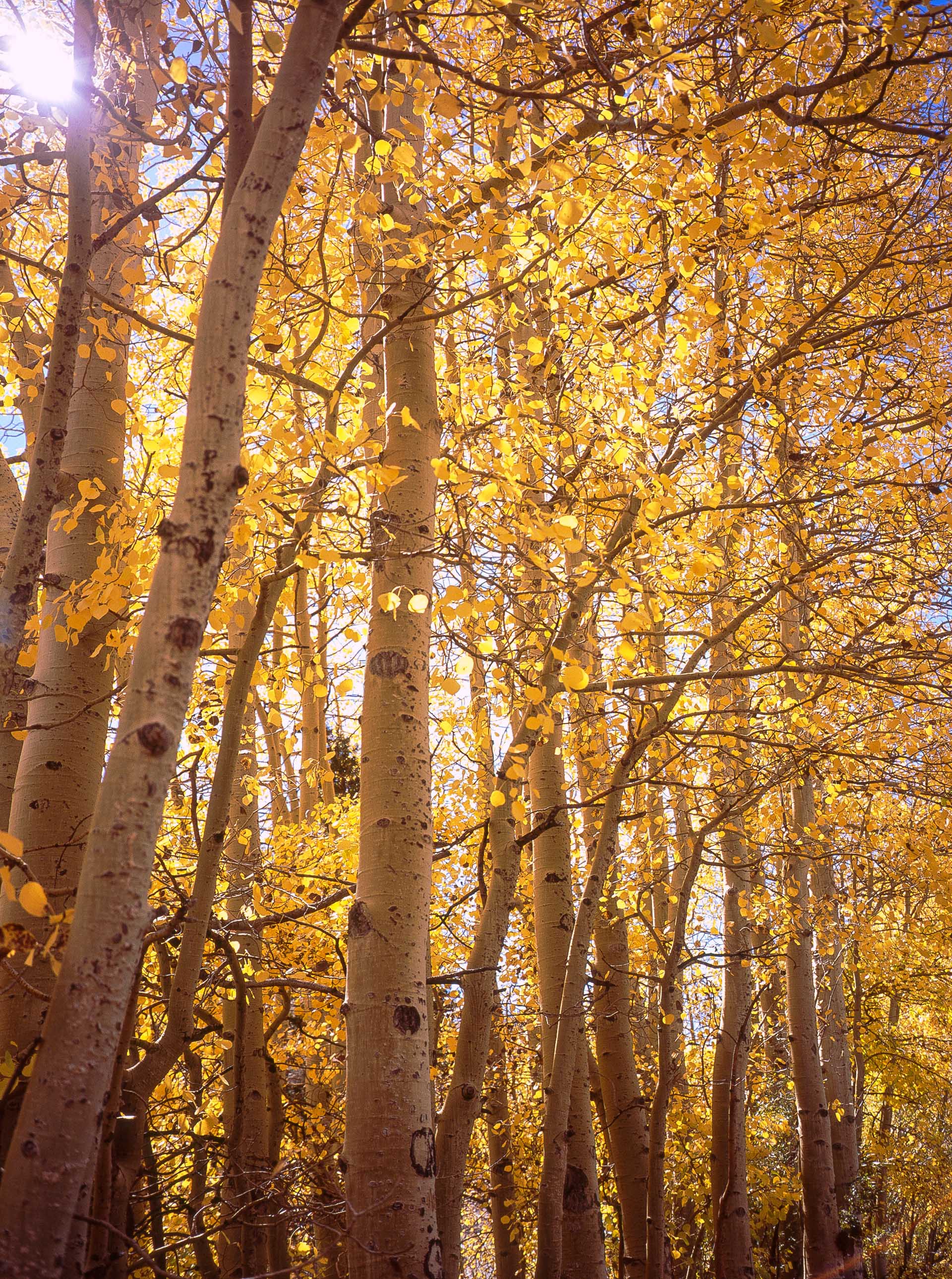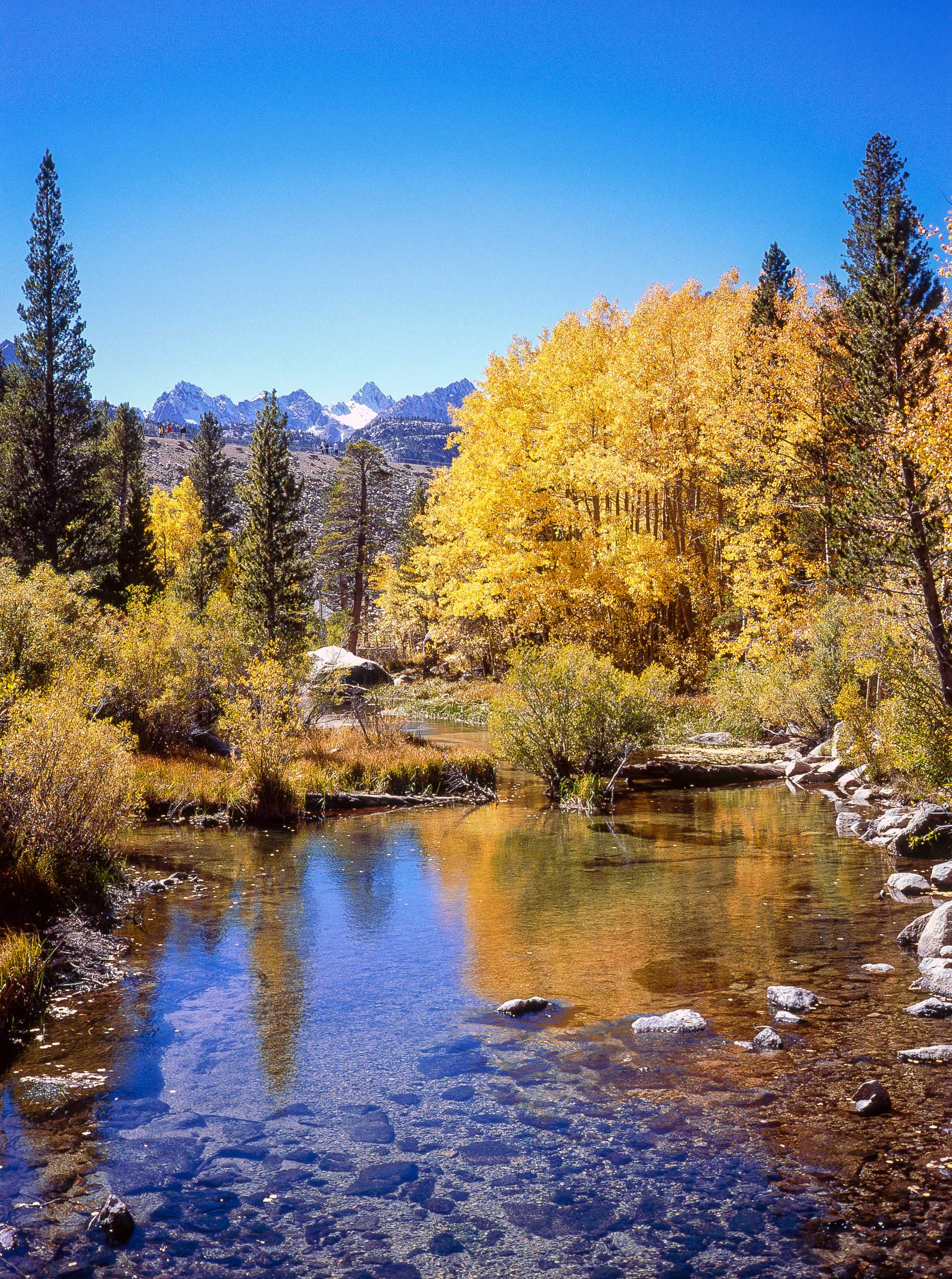Spotlight: Nick Carver
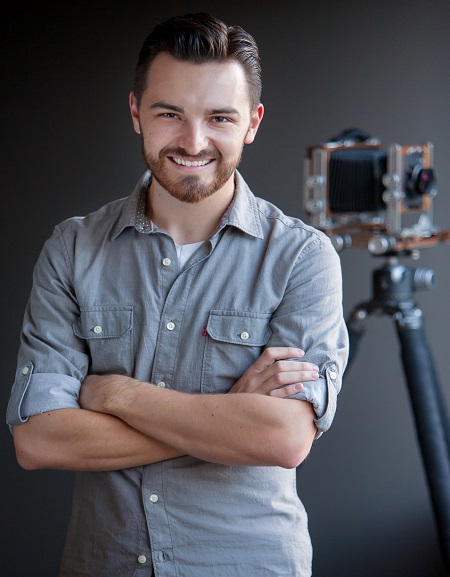
Bio
Nick Carver is a working photographer and photography instructor based in Southern California with over eighteen years shooting experience and a professional career spanning more than a decade. Although his teaching and commercial work hinges primarily on digital photography, his passion is fueled by a love for analog film and creating fine art prints. Nick has sought to educate, entertain, and inspire other photographers both in the classroom and through his YouTube videos where he takes viewers “on location” or into the lab to see what happens behind the lens when a photo is created. When he’s not teaching aspiring amateurs or working on an architectural photoshoot you’ll likely find him peering at the ground glass of a panoramic view camera in the deserts of the American Southwest.
First, tell us a little about yourself. What is your background, how long have you been a photographer, and what type of photography do you specialize in?
My life has all but revolved around photography for the past 19 years. Commercial architectural work has been my bread and butter since 2015, but before that the bulk of my personal photography has centered around landscapes. I’ve also been teaching photography professionally since 2008.
Why did you get into photography, and what inspires you?
I was introduced to photography about 19 years ago through an elective class in middle school. At the time, film was the only option. We learned how to take pictures with an old 35mm camera and we even practiced the art of developing and printing our images in the darkroom. I fell in love with photography right then and there. My beginnings were shaped largely by my passion for the great outdoors and, as such, I gravitated towards landscape photography. Since then, my photography has evolved from film to digital and back to film again. And while my love for the outdoors still remains a driving force behind my photography, these days I’m inspired mostly by the deserts of the American Southwest, old buildings, and the medium itself — analog film of all shapes and sizes.
Can you give us some insight into your shooting techniques? What are the top 3 most important elements when you shoot film?
I’ve always been a big advocate for getting the image right in-camera at the time of exposure. Since I started in film, this was really the only way to shoot, but even when digital came along I still shied away from heavy post-processing. If the image wasn’t strong straight out of the camera, I wasn’t going to waste time trying to fix it in post. And with how often I utilize film now, that mentality is more important to me than ever.
Getting the image right in-camera means having a strong mastery of composition, color, and light. For me, these three elements are the most important aspects to a successful photo. I approach composition with a meticulous and critical eye, factoring in everything from film format to lens selection to distance, height, and angle — it all must come together for a successful composition. One of the main reasons I prefer film over digital is the color palette. In the right light, with the right subject, and with good control of exposure and the scanning process, I’m able to work with gorgeous color palettes that are simply unmatched in the digital realm.
Why do you shoot film? Any advice to others?
That’s a short question with a very long answer, but I’ll try to keep it brief! The obvious answer is “the look.” Film just looks different than digital, especially when it comes to highlight clipping and tonal curve. The look of film matches my artistic vision better than I can replicate with digital and, to be frank, it just looks better. But perhaps a less-obvious reason has to do with the shooting process itself. The variety of film formats and cameras available open up an entirely new toolset for composition. I have a much wider array of options to create my images. Different film stocks, film sizes, and frame aspect ratios allow me more control over composition, focal length, depth of field, and resolution. And by not having an LCD screen in front of me that can easily monopolize my attention, I feel much more connected to my subject and “in the moment, on location” when taking photos.
My advice to others is make sure you take time to learn, especially from the greats who came before you. Learn about exposure, metering, composition, artistic mindset, and everything else. Learn from other people and don’t assume you’ll be able to just figure it all out on your own by going out and doing it. It’s important, no doubt, to get out and learn by doing, but don’t write off all the incredible knowledge others have to offer you. I learned more from reading books by Ansel Adams and John Shaw than I ever have from watching videos online.
What are your biggest influences?
There are a few photographers that have deeply influenced my work and approach to photography, namely Gregory Crewdson and Andreas Gursky. But I try to not be too heavily influenced by other photographers as my admiration can easily morph into outright plagiarism. I do, however, find a great deal of inspiration from the work of painters like R. Kenton Nelson and Simon Stålenhag as well as the sculptures of Michael Heizer.
Any recent photos, shoots, upcoming projects, or photography plans that you're excited about and would like to share with us?
I’ve been fortunate enough to connect with a ton of supportive and engaged photography enthusiasts through my YouTube channel. It’s truly been heartwarming to see how many viewers are interested to hear about film photography. I’m constantly working to put out informative and entertaining videos and I’m excited about the next few videos I have lined up.
What's your favorite photo or session you've ever taken on Fujifilm?
I recently spent some time out in the Mojave Desert off-roading and camping with friends. I burned through more than a few rolls of Fuji Pro 400H as we explored riverbeds, railroad bridges, sand dunes, and mountain passes. The images came out great, but the memories were even better.
